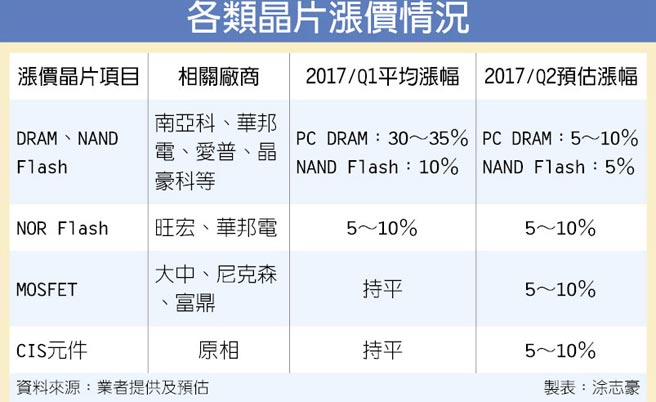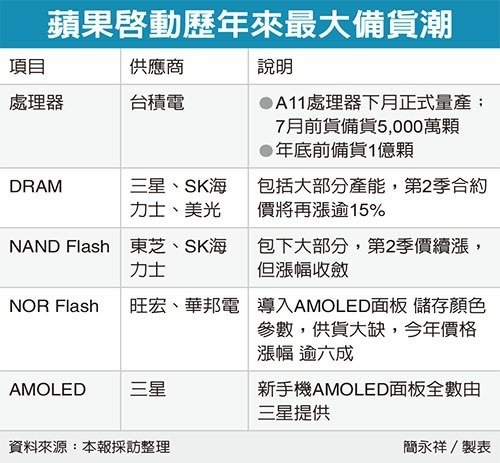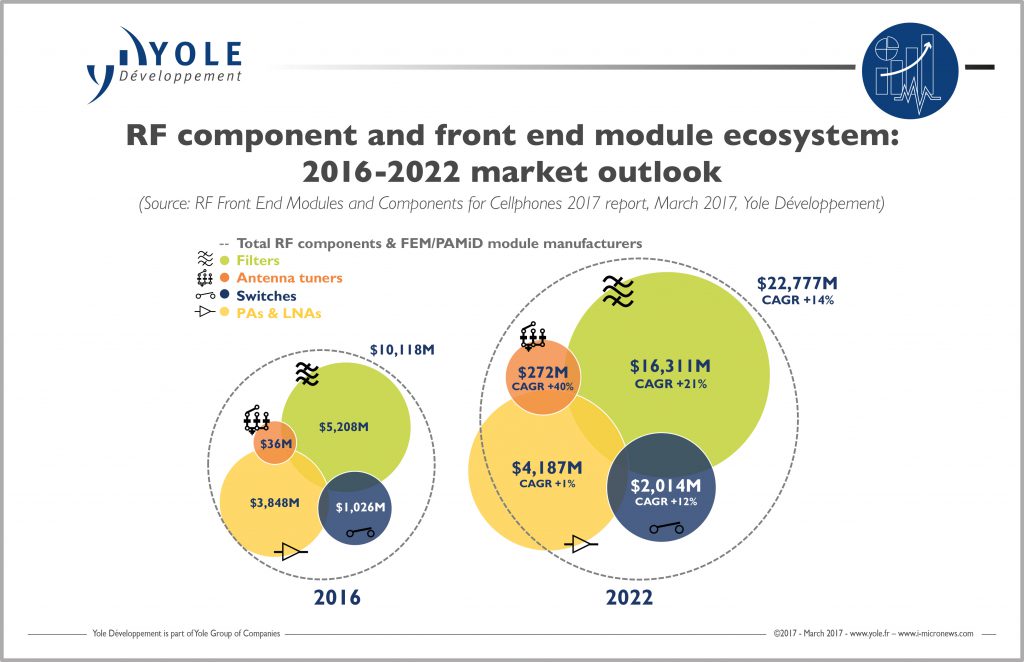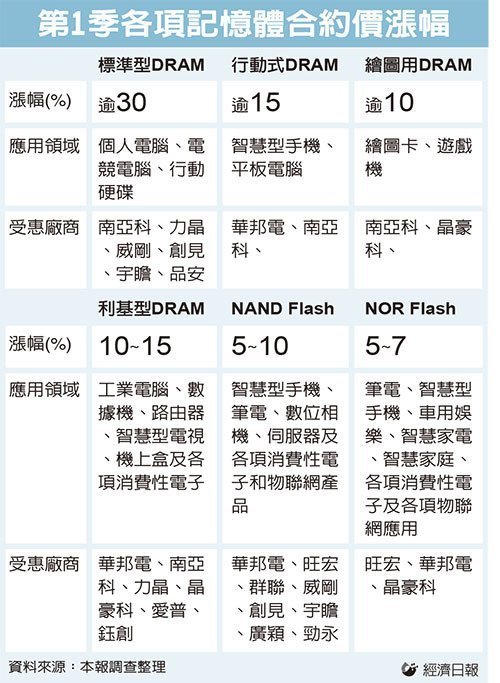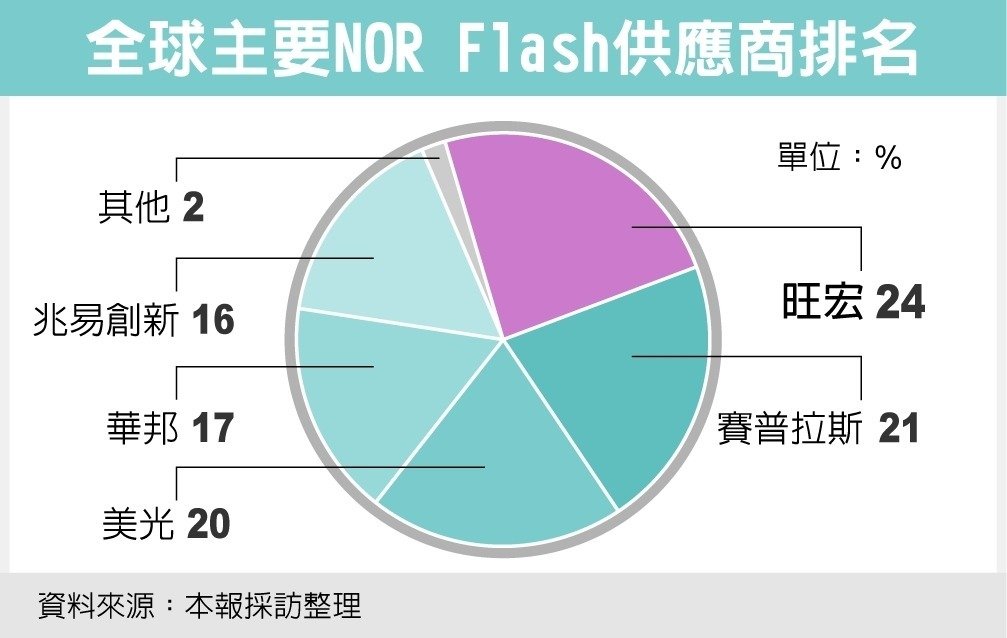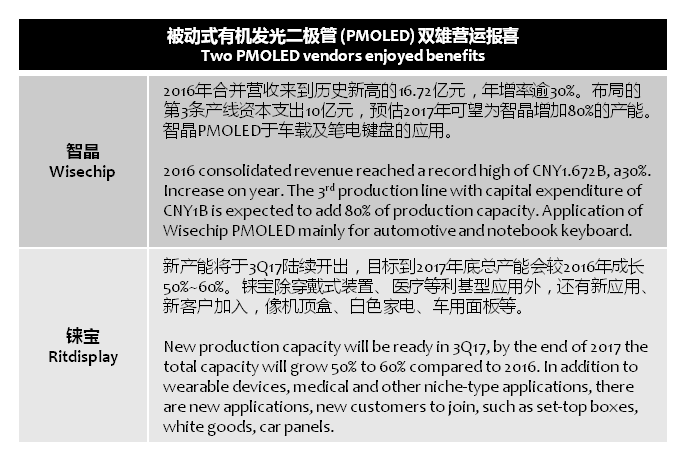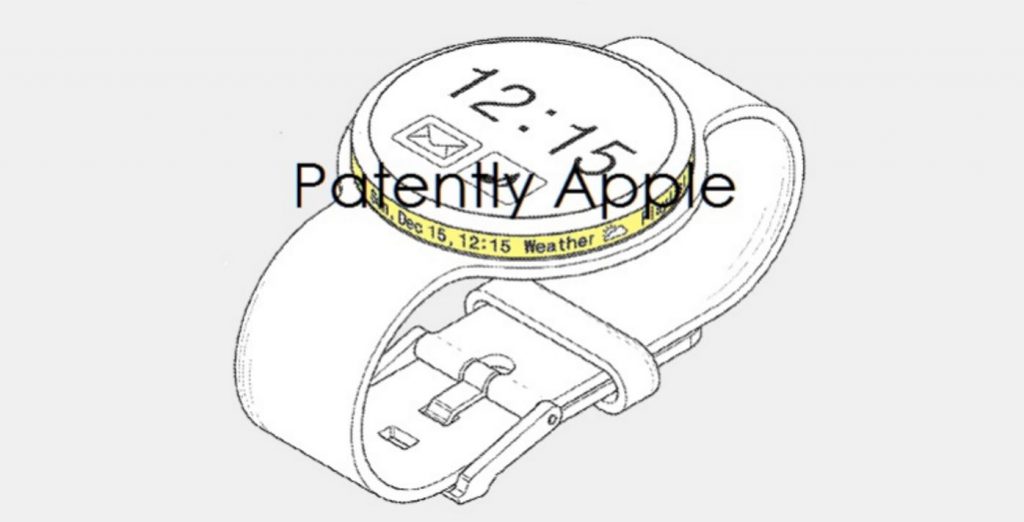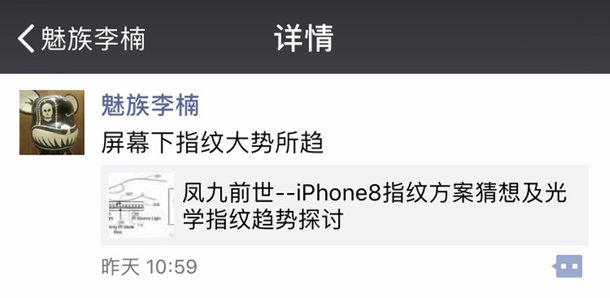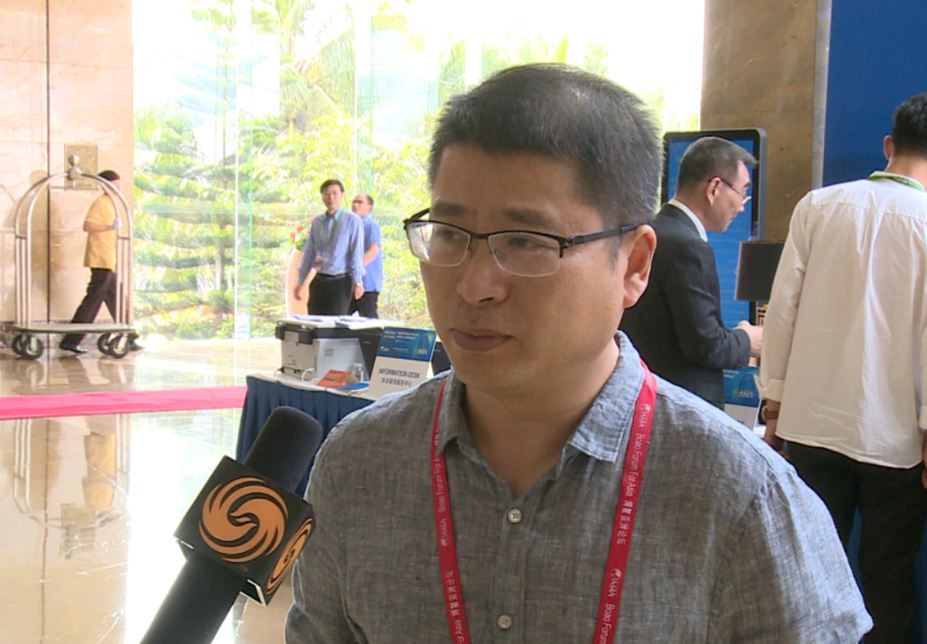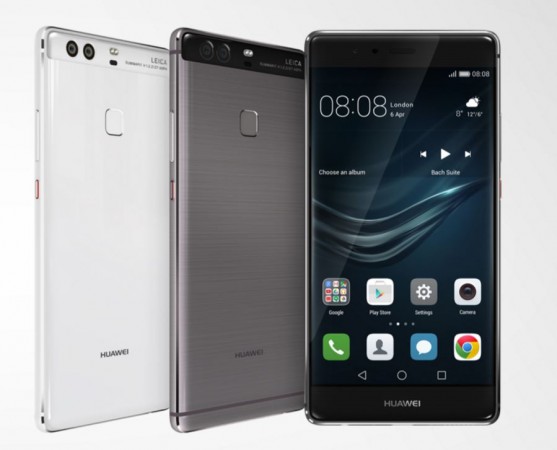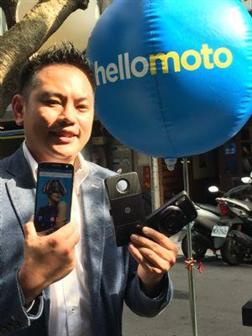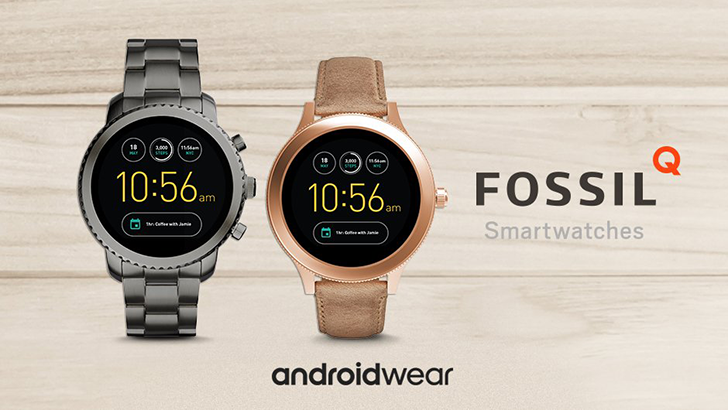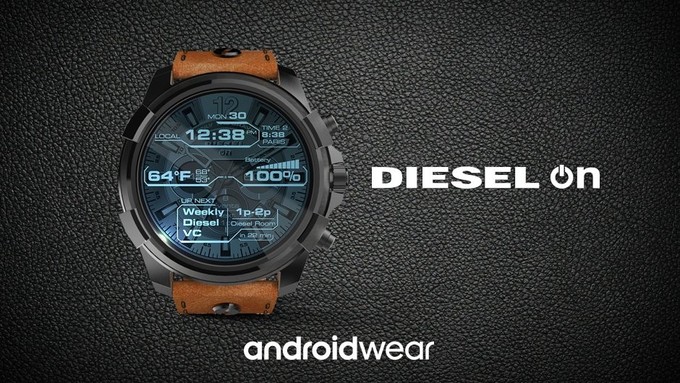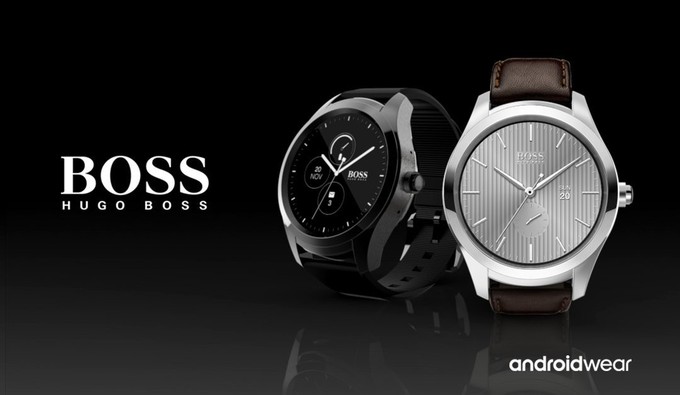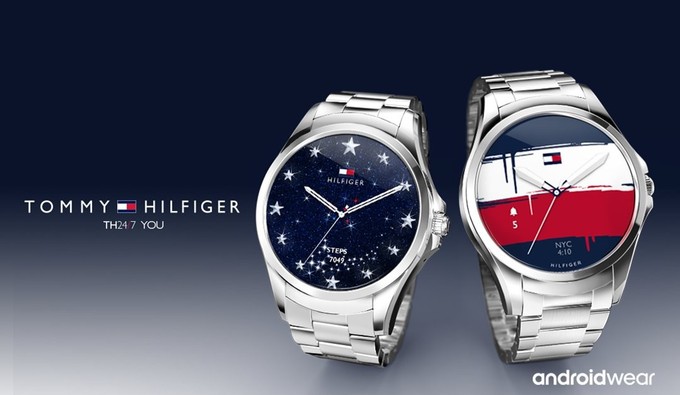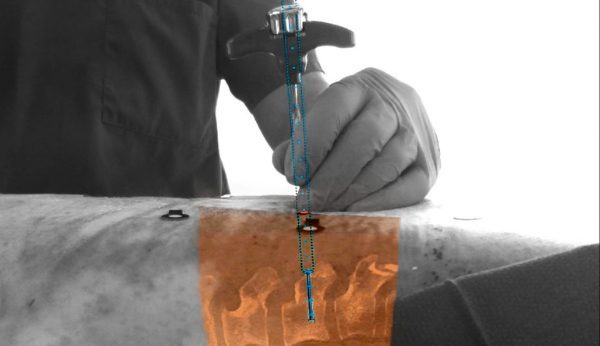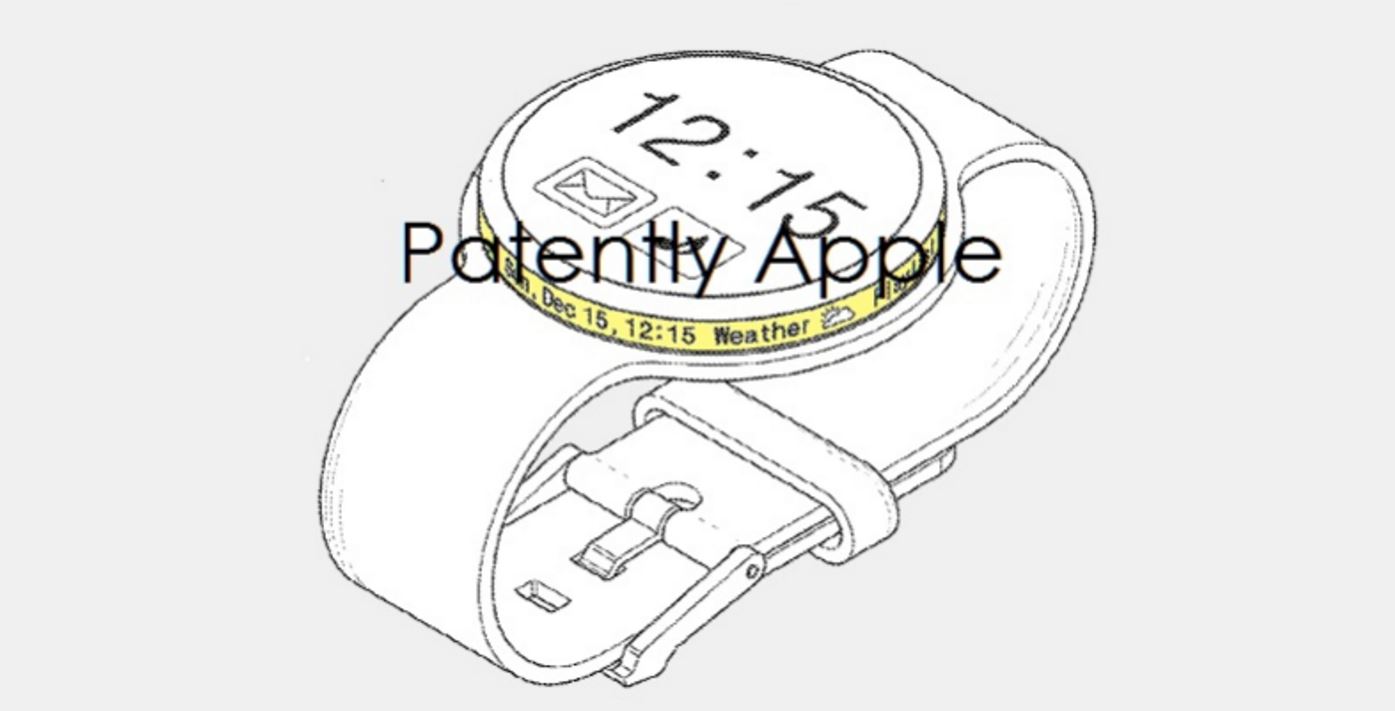
03-27: Analog IC MOSFET, CMOS image sensor, and other critical components, their prices are also rising in 2Q17; etc.
Chipsets
After DRAM prices hiking in 1Q17, in 2Q17 the price is expected to continue to rise near 10%. Now, analog IC MOSFET, CMOS image sensor, and other critical components, their prices are also rising in 2Q17. With the prices of new mobile SoC, CPU and GPU higher than the predecessors, vendors 2Q17 profits are being squeezed, and it seems mobile phone prices must be increased. (Laoyaoba, China Times, press)
TSMC has reportedly begun mass production of Apple’s A11 SoC from Apr 2017, and by Jul it will produce 50M units. By end of 2017, TSMC will have producing 100M units of the A11 SoC. (Laoyaoba, My Drivers, CN Beta, UDN, press)
Claire Troadec from market researcher Yole Développement forecasts the RF front end modules and components market for mobile phones to grow from USD10.1B in 2016 to USD22.7B in year 2022. The forecast is based on the expected growth in upcoming 5G communication technology. (Yole Development, press, MEM, Laoyaoba, EE Herald)
Qualcomm has prevented Samsung, its biggest client for Snapdragon chip-sets, from selling its own Exynos counterpart to third-parties, South Korea’s Fair Trade Commission claimed. The commission said Samsung was prevented from selling its own mobile chip-set to other vendors besides its own through a patent licensing deal with Qualcomm. (CN Beta, ZDNet, Hankyung, WCCFTech)
Memory
Apple iPhone 8 reportedly will adopt NOR Flash, worsen the tight-supply situation. The supply gap will be as bad as 20%. Main suppliers such as Cypress has already announced thei will raise the price, and expects in the market the price will increase at maximum 60%. From 2H16, DRAM and NAND Flash have been in tight supply, and up to now the price has been increased near 60%. (UDN, press, Laoyaoba, ESM China, press)
Touch Display
PMOLED vendors Wisechip and Ritdisplay have enjoyed profits because of the increasing demand of PMOLED. (UDN, Laoyaoba)
A recently published patent filed with the United States Patent and Trademark Office (USPTO) reveals that Samsung is exploring a smartwatch design with a second screen. Samsung may be planning to add a secondary display to the smartwatch body by wrapping the screen around the case of the device. (CN Beta, Android Headlines, SlashGear, Patently Mobile)
Sensory
A startup out of Mountain View, California called DeepScale has raised USD3M in seed funding to help automakers use industry-standard low-wattage processors to power more accurate perception. Alongside sensors, mapping, planning and control systems, perception, (or computer vision) enables vehicles to make sense of what’s going on around them in real time. (TechCrunch, DeepScale, Touzj)
Biometrics
Meizu VP Li Nan has shown some comments in regards with Apple’s optical fingerprint sensor solution, and also indicated that this is a trend. This might have hinted Meizu may be launching first smartphone with optical fingerprint solution. (CN Beta, 91.com, ZOL)
Smartphones
Coolpad CEO Liu Jiangfeng indicates that after 7 months of joining the company, he has been focusing on products, supply chain, branding, etc. And one thing that is vital is to change the company culture. He also indicates that the company will not spend big on branding. He also indicates by making sure the products are good, consumers will just buy in. (CNITTI, Laoyaoba, iFeng)
Huawei consumer group CEO Richard Yu has disclosed that Huawei has set a tall target of 10M-unit sales of the P10 and P10 Plus. (Gizmo China, CN Beta, iFanr, iMobile)
Early 2016 Meizu officially announced layoffs of less than 5% of its workforce. Now, it is rumored that Meizu is layoff employees quietly. Up till 24 Mar 2017, its original 4400 employees in early 2017 has decreased to about 4000, which means about 10% of layoffs. (Laoyaoba, CN Beta, Kejixun)
According to Hana Financial Investment, high-end smartphones took 29% of Samsung Electronics’ combined sales of handsets in 1Q17. In terms of average sales price, Samsung’s smartphones were sold at USD232 globally in 2016, down 20% from $289 posted a year earlier, the data compiled by industry tracker Strategy Analytics showed. (Laoyaoba, Android Central, Pocket Now, The Investor)
Lenovo plans to launch 3-5 devices of its Mods family products a quarter to promote sales of its Moto Z series smartphones as well as the ecosystem built on the Mods modularized accessories, according to William Tsai, Asia Pacific sales director at Lenovo. (Digitimes, press, 4-Traders)
Wearables
Fossil has launched two new Android Wear 2.0 devices, Q Venture and Q Explorist. Both are powered by a Qualcomm Snapdragon Wear 2100 processor, with 4 GB of memory and built-in Wi-Fi and Bluetooth connectivity, with prices starting from USD255 and USD275, respectively. (Ubergizmo, Wearable, Mashable, Antman360)
Diesel, Hugo Boss and Tommy Hilfiger announce new Android Wear 2.0 smartwatches. (Phone Arena, @AndroidWear, 9to5Google, The Verge, Wearable)
Philips has announced the development of an industry-first augmented-reality surgical navigation technology that is designed to help surgeons perform image-guided open and minimally-invasive spine surgery. Philips is developing a new augmented-reality surgical navigation technology, which will add additional capabilities to the company’s low-dose X-ray system. (Laoyaoba, Sohu, Philips, PR Newswire)
Internet of Things
BMW has tapped Unreal Engine’s rendering capabilities to generate virtual surfaces and objects overtop 3D-printed prototype vehicle pieces, letting designers and engineers preview how various materials or surfaces will look on a final shipping vehicle without having to actually make the thing first. (TechCrunch, BMW Blog, iFeng)
